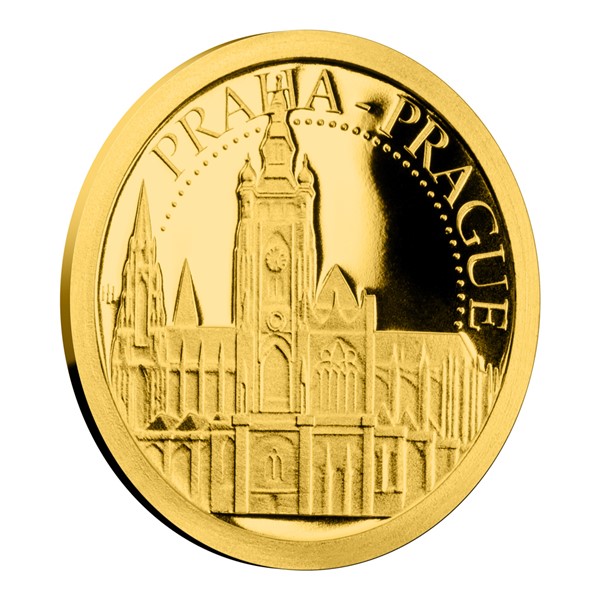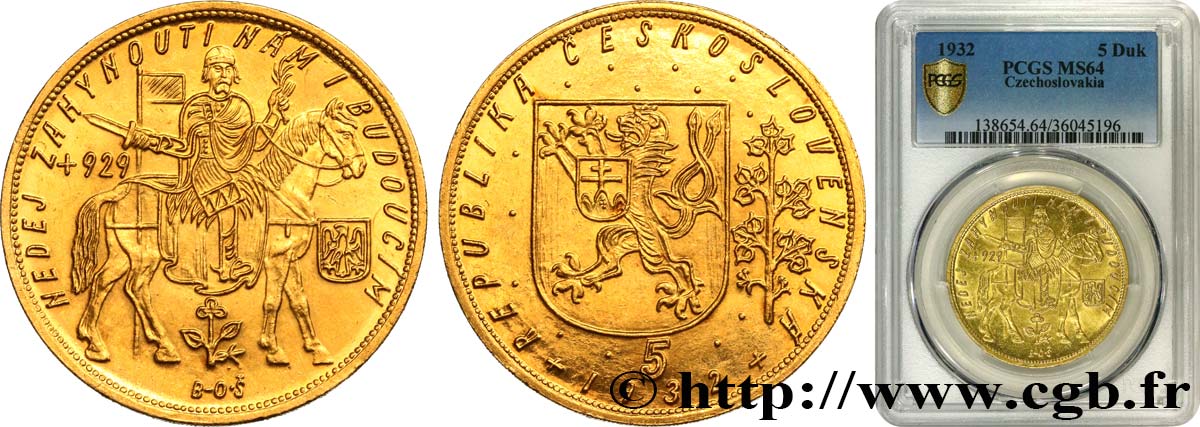This involves scanning a plaster maquette to create a 3D digital representation of gold medals or coins. The equipment used is specially designed to capture the information and dimensions of the model in digital format. Digital replication serves a variety of purposes in the production processHow the Scanning Process Works
3D Scanning High-resolution scanners record physical dimensions and the details of the plaster model. These scanners capture measurements and geometry using different methods like laser scanning or structure light.
The scanner will emit beams of light or lasers onto the models' surface. The scanner records any reflections or distortions created by the laser beams and can record the surface details of the model.
Data Collection. As the scanner moves over the model it captures numerous information points. The result is a digital representation of the model’s shape and contours or other details.
Conversion into 3D Model: The data points are recreated using specialized software. This model reflects the physical characteristics and dimensions of the maquette of plaster.
What are the reasons for the creation of an electronic 3D model?
Digital 3D model allows for exact replication of the physical model’s dimensions and other details. This guarantees that the gold coins and medals will exactly match the original design.
Digital models can be easily altered and improved. Designers are able to modify 3D models without changing their original plaster maquette.
Compatible with manufacturing Processes: Digital 3D models can be used with various manufacturing methods, such as 3D printing and CNC machining. This allows rapid production of molds and dies.
Digital 3D model archives and documentation Digital models are stored as documentation of design. They can be stored digitally to be used in the future for reference, reproduction, or historical documentation purposes.
By scanning and creating a 3D digital model of the plaster model, designers and manufacturers can streamline the manufacturing process and ensure accuracy and fidelity in replicating the original design. See the best Scanning and 3D Modeling Prague Mint gold medals site info. including silver and gold buyer near me, gold bullion price, krugerrand coin, 1 10 oz gold eagle, gold bullion cost, gold biscuit buy, platinum coins, george washington gold dollar, buy gold bars, gold american eagle price and more.
What Are The Reasons Why The Dies Used Strike Gold Coins And Medals Undergo A Process Of Vacuum-Hardening?
To harden dies to make gold coins or medals, they are subjected to controlled temperatures inside an oven that is a vacuum. This article will provide an overview of the process for dies Preparation and Cleaning.
When preparing dies to be used for striking metals or coins, it's crucial that they are clean of any residues or contaminants.
Moving into Vacuum Furnace
The dies are then placed in a specially designed heat-treating chamber that can create the vacuum.
Evacuation of Air
The vacuum furnace filters the air in the chamber to create a controlled vacuum, devoid of oxygen or other gasses. This prevents oxidation and ensures uniform heating.
Heating Phase
The furnace must be heated to the appropriate temperature necessary to harden the dies. The range of temperature is determined by the type of material and the method of hardening.
Soaking at High Temperatures-
Die dies are kept at high temperatures for a specific time, which allows the material the reach the hardness that is desired and also maintain the metallurgical structure.
Cooling or Quenching
The dies are then quickly cooled or quenched after the soaking. The rapid cooling process assists in locking the desired hardness of the steel.
Tempering (Optional).
In certain cases the process of tempering may occur after hardening. Tempering is the process of heating dies to a lower temperature to ease internal tensions and increase durability.
Quality Control and Inspection
The hardened molds are thoroughly examined and tested to make sure that the dies are in compliance with all the specifications.
Post-Treatment Handling-
The dies, after the vacuum-hardening process is complete, could be further processed, such as polishing and coating before they are utilized in the strike of coins or medals process.
The vacuum hardening method increases die durability and wear resistance as well as the longevity of the dies used to create silver or gold coins and medals. In ensuring a safe and contaminant-free environment the process offers a consistent and reliable way to make the dies harder. See the top vacuum hardening Prague Mint gold medals blog tips including saint gaudens gold coin, gold and coin dealers near me, 1 10 ounce gold coin, american eagle gold coin 1 oz, 1 10 oz gold coin, gold angel coin, gold apmex price, gold bullion bar price, buy coin gold, $50 gold piece and more.

Why Are Dies Hand-Polished To Ensure That Gold Medals And Coins Are Flawlessly Polished?
The process of hand polishing dies is required for production gold coins and medals. This is due to the fact that it helps in the reproduction of detail. The more smooth the surface the more precise quality reproduction of the fine detail and intricate design features onto the coins or medals.
A die that is polished produces metals and coins with more defined edges, sharper relief and clearer particulars. It improves the aesthetics and the quality of your final product.
Polishing can reduce friction, wear and tear during the strike process. A smooth surface minimizes the possibility of mistakes or inconsistencies being caused on the coin or medal struck by rough surfaces.
Consistency of Striking Hand-polished dies guarantee uniformity during the process of minting, by providing an even striking area. For the design to maintain its accuracy, depth and overall quality, consistency is essential.
Longevity of the DiesThe dies with a polished surface are less prone to damage or wear in the striking process. These dies have increased durability and are able to be used for a greater number of strikes without compromising quality.
Precision and Accuracy- Hand polishing lets engravers fine-tune and refine specific parts of the die to ensure that the details are precisely duplicated on the engraved coins or medals. This level of precision contributes to the precision and quality of the finished product.
Quality Control - Polishing is part of the process for quality control. Examining the die in the hand polishing process allows the identification and correction of any flaws before striking.
Surface Finishing - Polishing can add specific surfaces or textures to the struck medals and coins and improve their appearance.
Hand-polishing the dies for gold coins and medals is crucial to ensuring that minted products are high quality, exquisitely detailed, and of high aesthetic appeal. It's essential for the appearance, uniformity and longevity of the final product. Read the recommended hand polishing Czechoslovakia gold medals site recommendations. including 1 ounce gold, 2000 sacagawea, coin 1, $5 gold coin, five dollar gold piece, 1 10 ounce gold coin, 1oz gold eagle coin, gold coins for sale, gold coins for sell, buy gold coins and more.

Why And How Gold-Plated Coins Or Medals Go Through Procedures To Give Them An Aged Or Antique Look?
This is how and why it is performed. Here's why and how this is accomplished.
Chemical patination. The metal or coin is sprayed with acid or a solution to create patina. The solutions can result in controlled tones or oxidation that gives the appearance of aging or antique. This process highlights details and gives depth to an image.
Artificial Aging - Chemical or mechanical techniques can be used to mimic the natural wear that occurs with time. Abrasive treatments or tools are used to make scratched or worn areas on the coin.
Toning or staining The surface is toned or stained using the use of heat or special solutions. This is a way to mimic the natural discoloration or toning of skin that occurs over time.
Buffing and Polishing Techniques- Polishing or selective buffing is applied to a specific area to eliminate surface layers or highlights, thereby creating contrast and giving the appearance of aging or wear.
What are the motives behind making an antique look?
Visual Attractiveness - Many collectors or collectors and enthusiasts select medals or coins that have an antique look for their aesthetic appeal. The worn-out design adds depth and character to the overall design.
Historical or Commemorative Value Medals and coins that commemorate historic events or periods may undergo aging to create a sense authenticity from the past or to imitate coins from an earlier time.
Collectibility Increased- Collectors of unique or limited-edition items are attracted to old-fashioned coins and medals. Antiqued designs can increase their value as collectibles and valuable.
Highlighting Details - The effects of ageing will bring out the specifics in designs. Through creating contrasts between raised and receded zones, the design elements become more noticeable and apparent.
Minting authorities with artistic expression can employ aging techniques to express their artistic vision. They can add depth to the design and tell a story or even include symbols.
The purposeful choice of achieving an antique appearance for gold medals or coins could be a means to bring back memories, increase visual interest or convey an impression of the past. But, it is crucial to ensure that the aesthetics are balanced by preserving the coins intrinsic value and authenticity. Check out the top antique finish of Prague Mint gold medals blog advice. including platinum coins, 1933 double eagle, gold 1 dollar coin, gold coin dealers near me, gold eagle coin, 100 grams gold biscuit, 1 ounce gold bullion, gold coin 24k price, gold bullion, 50 pesos gold coin and more.
